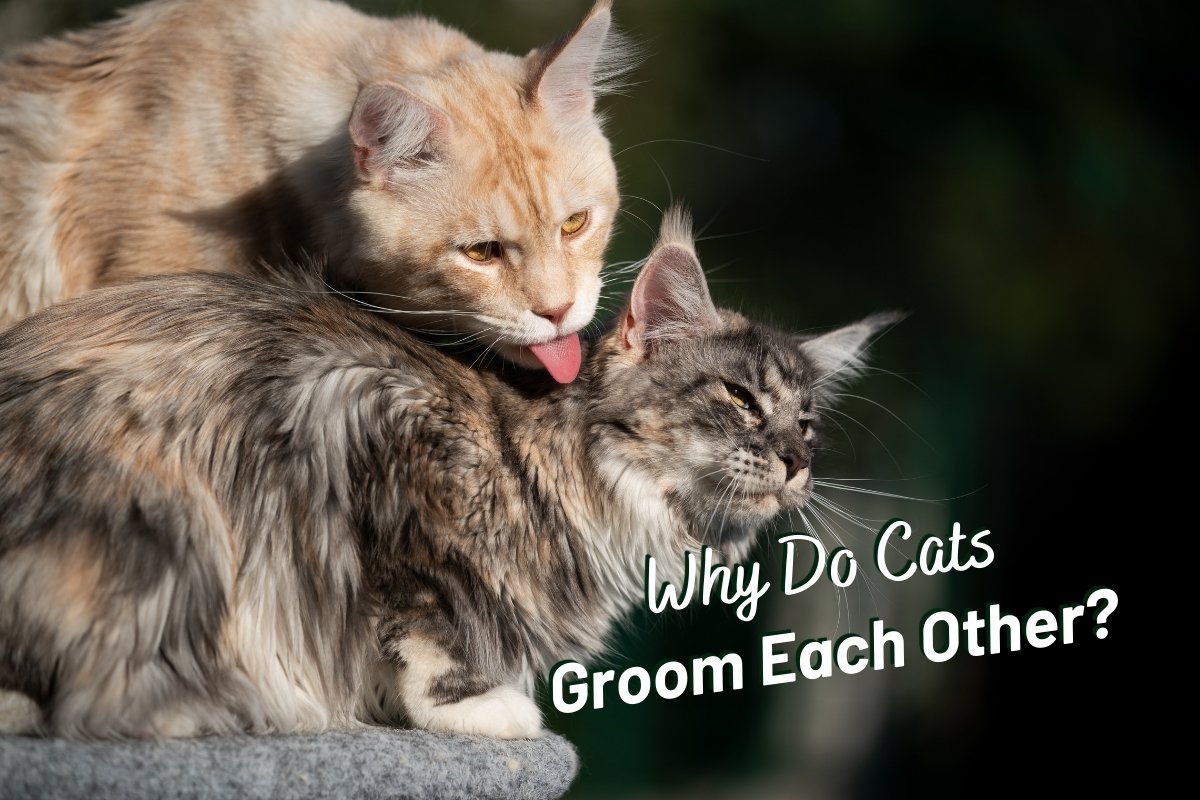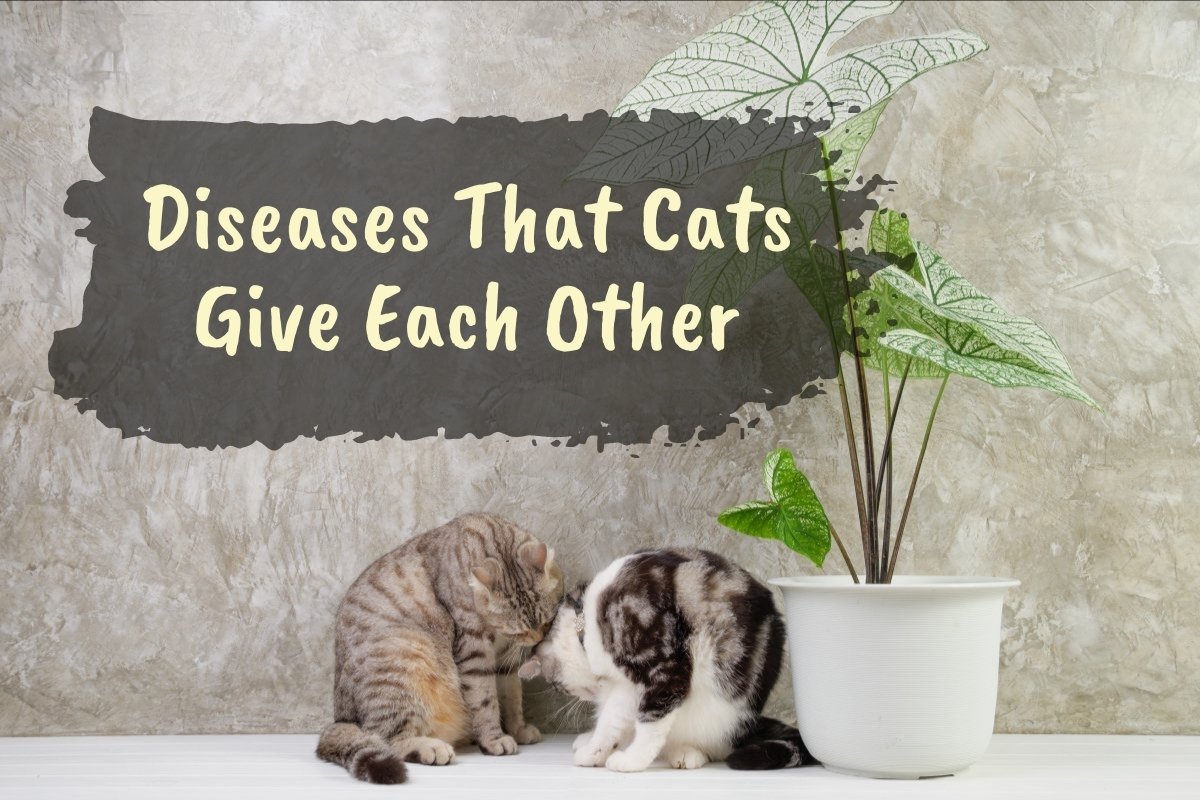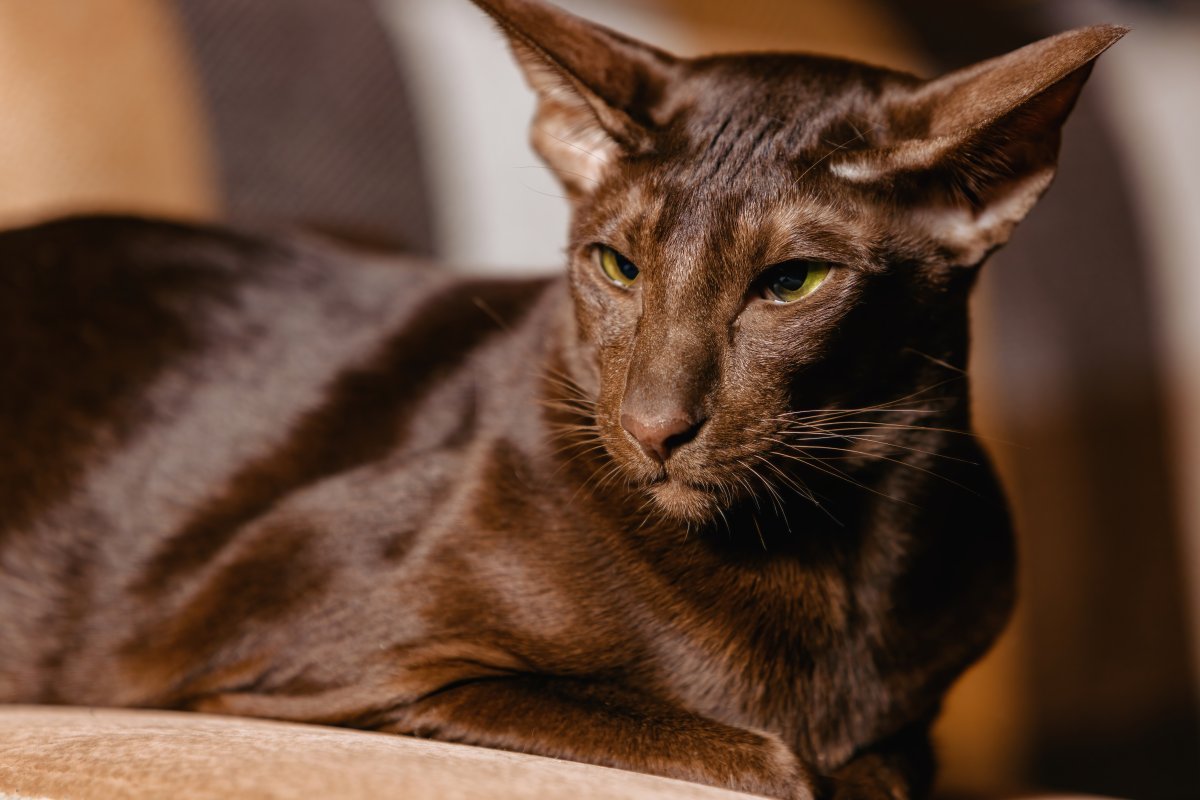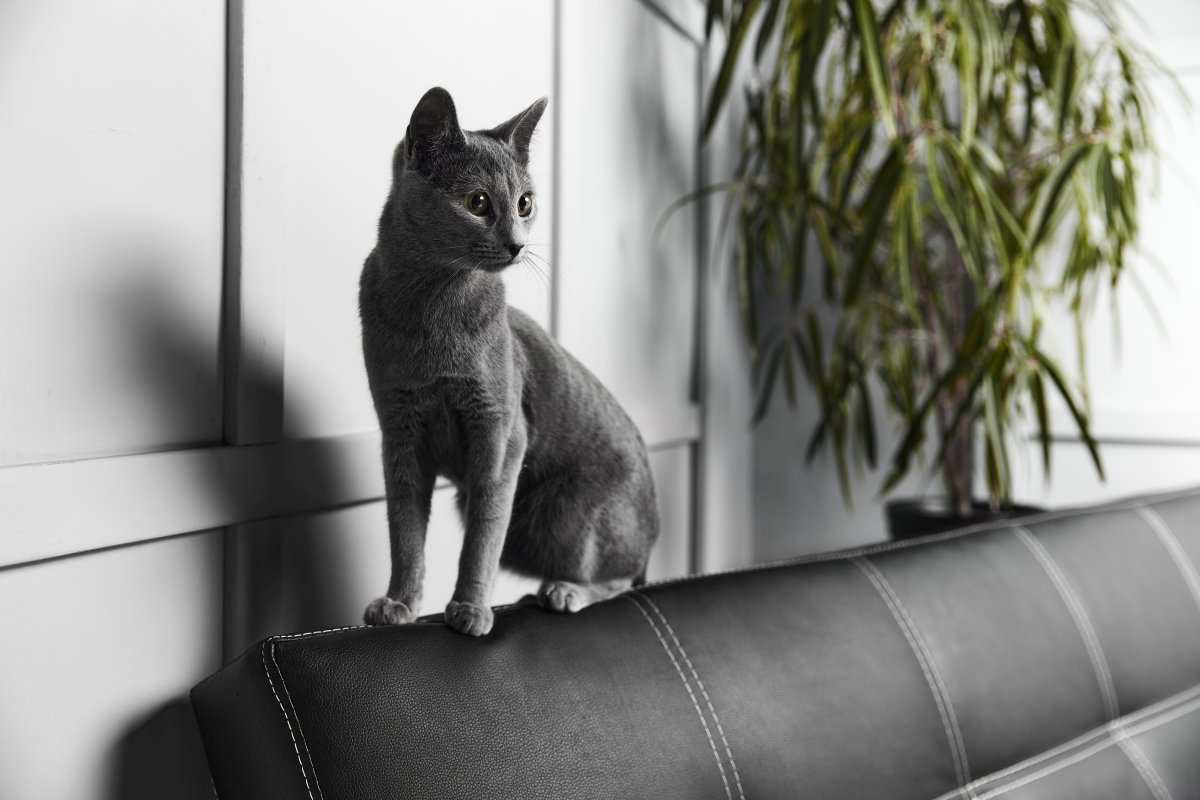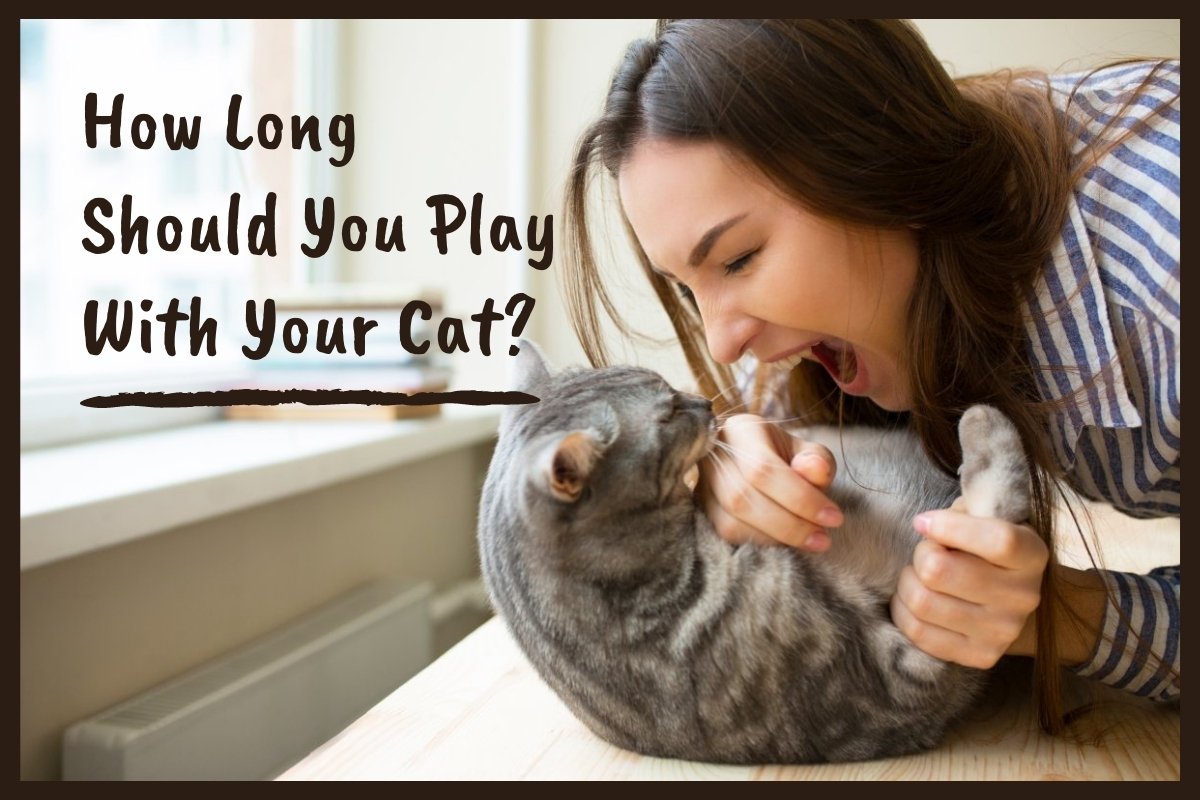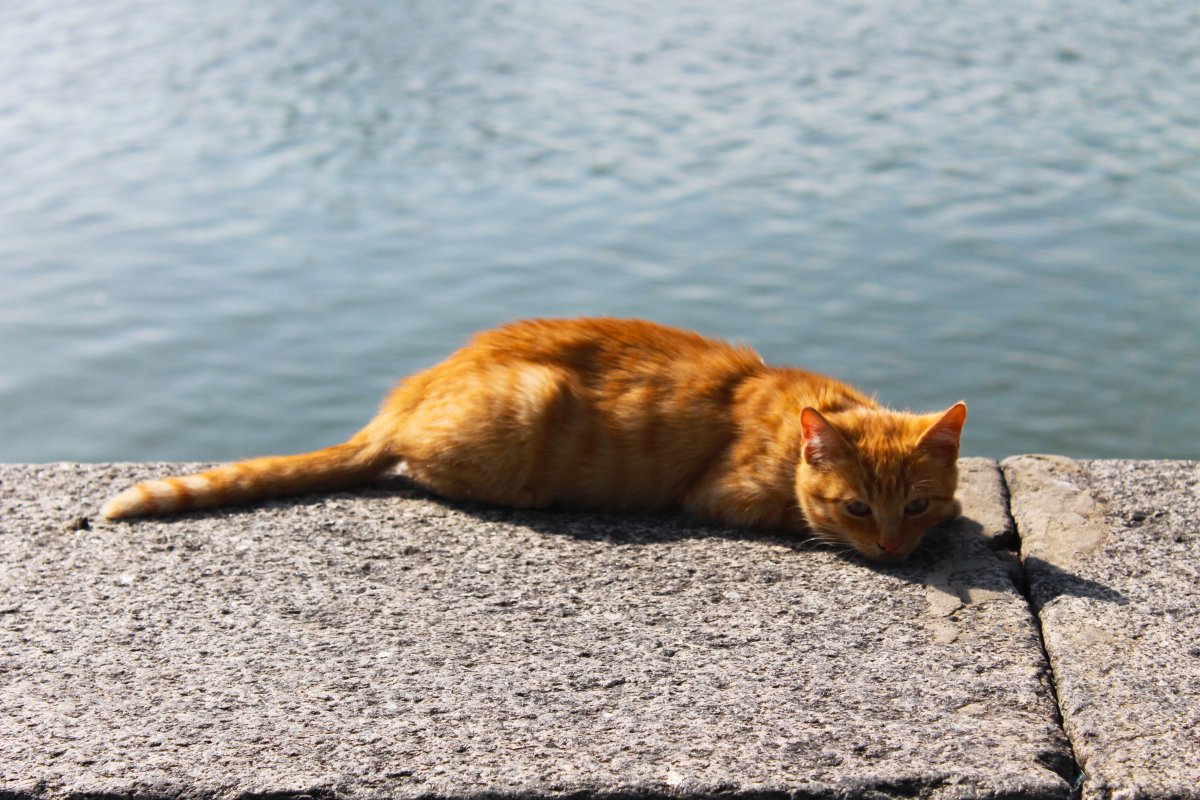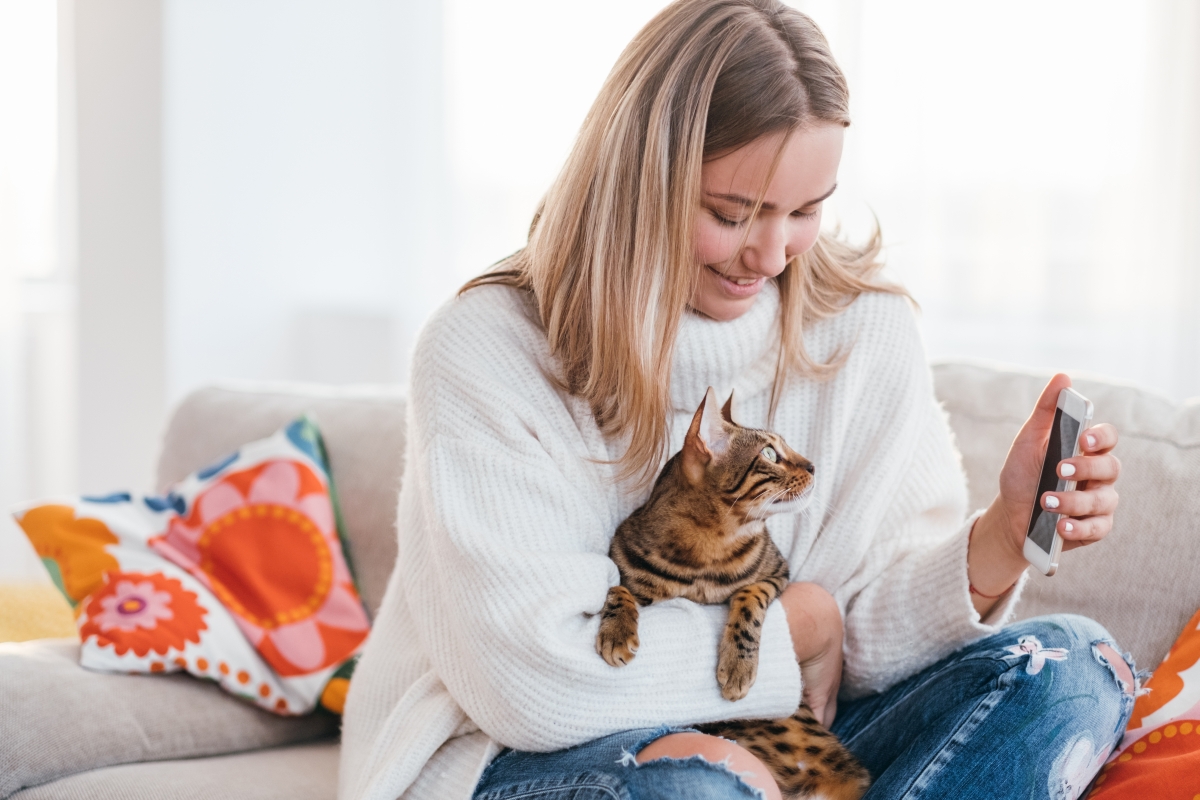Have you ever thought about “Why do cats groom each other?” Cats with a strong bond may showcase pleasant signs of emotion toward one another, such as grooming. They will clean each other’s fur and nibble one another, and spend time ensuring the other cat is spotless. This type of grooming is a positive indication because it implies that your cats are getting along.
Let’s study cat grooming before addressing the point about cats licking each other. Veterinarians refer to this endearing habit as Allogrooming.
Allogrooming occurs predominantly among connected cats or who like each other’s presence. It may represent a return of a feline’s maternal instinct, though it has also been observed in male cats.
The Meaning of Cats Grooming Each Other
Mutual grooming between cats of the same genus is referred to as allogrooming. Many animals, including primates and birds, groom one another to connect and reinforce hierarchical divisions. However, allogrooming is not always calm.
Cats grooming each other can be hostile to their grooming partners, and cats frequently groom themselves after grooming their fellow mates. Grooming is also a relaxing activity for cats; therefore, it could be a mechanical behavior. These findings endorse the idea that allogrooming in house cats can be used to divert aggression.
Why Do Cats Clean Each Other?
If your felines groom one another, they are possibly doing it because of the reasons mentioned below:
• Bonding
Grooming serves more than one purpose. It can also be a physical representation of confidence that some cats have in one another when they are acquainted. It is known as mutual grooming, and there are various reasons for it. One of them is to deepen the friendship between two or more pets. It’s also important to keep in mind that even bald cats groom themselves and one another since being clean is essential whether they have fur.
If your pets do this, it implies they adore and trust each other, and they are pleased to demonstrate how comfortable they are when united. The licks are frequently focused mainly on the face and ears, two of a cat’s favorite spots to show affection.
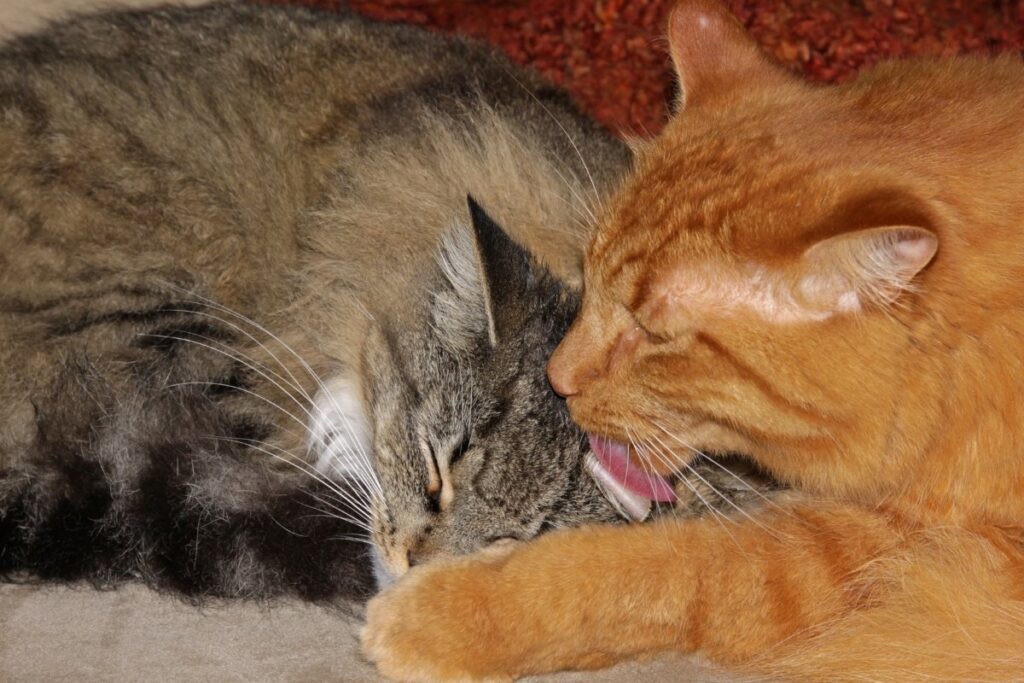
• Maternal Instincts
If you have a female feline companion that has produced offspring, you will know that she will groom her babies until the kittens can do so independently. It keeps the newborns clean and serves as the mother’s care and affection. These reflexes can remain, so if your female cat has been a mother, she may groom other cats to provide a reassuring or nurturing touch.
• Health Problem
Felines will also groom each other if one of them is sick. The single cat will focus on a specific area with a lesion or injury in such a circumstance. Their antibacterial saliva strives to soothe one another and heal any scratches.
If the cat undergoing the allogrooming appears ill, it is preferable to consult a veterinarian. It could signify something much more dangerous, such as renal disease, or it could also be something manageable, such as a flea infection. Anxious cats prefer to groom excessively, so it’s essential to look into what’s generating the discomfort.
• Dominance
Even while cats exclusively groom their buddies, they can potentially display authority. Veterinarians discovered that strong cats in a community are more inclined to groom weak cat breeds, much like a mother cat grooms her kittens.
Cats are predators, and they may groom to eliminate the foul odor that may indicate a threat to their companion. As a result, if a feline is upset by another’s smell, they may perform some minor grooming on their fellow cat to get rid of the odor.
Adverse Effects of Cats Grooming Each Other
Cats grooming one another is a natural habit that includes biting and nibbling fur and skin and face rubbing with their paws. Nevertheless, there are some adverse repercussions, including hair loss and other issues caused by frequent licking and grooming.
• Hairballs
Some cats with long fur or those who groom extensively might accumulate fur in their gut. Some diets and vitamins may help your cat avoid hairballs more readily if they have recurrent vomiting or hairballs.
• Skin Irritation
Another disadvantage of grooming is skin inflammation or itchiness, resulting in clawing in cats. Constant scratching and chewing at the skin can aggravate the discomfort and cause bleeding. Bumps, flaky fur, open sores or rashes, and the peculiar odor of the fur are all indicators of skin irritation.
• Missing Fur
If your cats over-groom one another, there is a possibility that they could lack fur on their bodies. These missing patches are probably on your cat’s stomach or rear. Because some cats brush as the weather changes, your cat’s fur may be shorter in some spots at this time. Cats over-grooming, on the other hand, frequently results in bald patches.
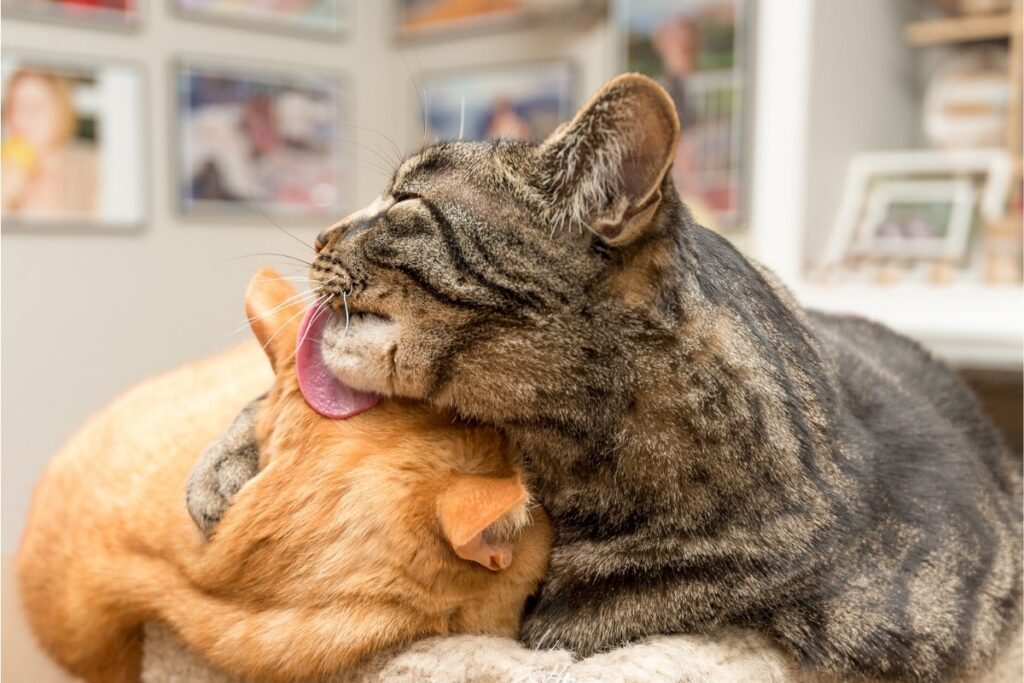
Why Do Cats Groom Each Other and Then Fight?
Felines groom each other after they’ve connected, and it implies they’re at ease in each other’s presence, and you’ll frequently witness your cat licking the other cat’s face and ears. When something unexpected happens, your two good-natured feline buddies start fighting.
When you notice your pets fighting after grooming, likely, they are not fighting. Despite the theory that grooming is a means of deflecting anger, cats rarely fight after grooming. However, in extreme situations, grooming might lead to a physical altercation. Although allogrooming is a sign of social togetherness, it may also indicate inherent hostility.
When cats interact for an extended period, the other cat may become restless and irritated. A cat may also take an action that irritates the other cat, leading to a fight.
If you observe the fighting becoming more regular and violent, consult your veterinarian right away because it could indicate an emergency.
Conclusion
There is a distinction between a cat grooming another cat naturally and a cat grooming another cat to the point of baldness, skin sores, and discomforts. This tendency may be challenging to detect at first, but after you realize what excessive grooming is and its signs, you will be able to recognize it in your cat.
The best strategy to cure excessive grooming is to uncover the underlying cause, whether ecological, physiological, or mental. Cats will often over-groom themselves if they are anxious, frightened, or bored, so ensure your cats have a healthy, stimulating, and welcoming environment.

